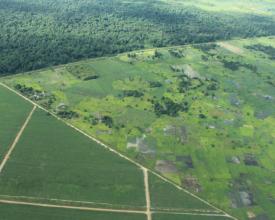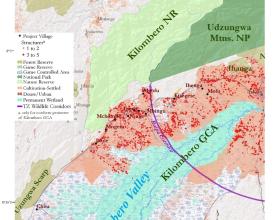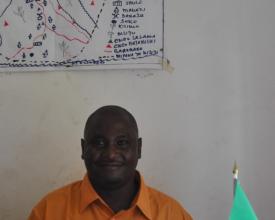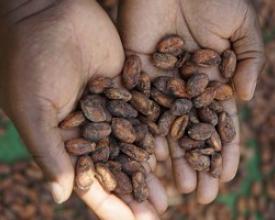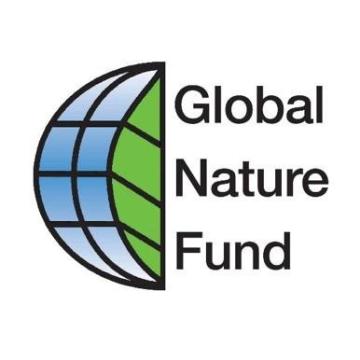
Inclusive Green Growth for Agrarian Farmers in Lower Mngeta, Kilombero District

Agriculture expansion and human settlement in the Kilombero valley of Southern Tanzania has severed wildlife corridors connecting the World Heritage site of Selous Game Reserve with the Udzungwa Mountains. As a result people and wildlife are increasingly in conflict over access to resources. Focusing on an area at the boundary of the Kilombero Nature Reserve, the solution involves a sequential process of working with the villagers, local authorities and nature reserve to plan for human activities and wildlife needs at a landscape scale, helping farmers improve their production and market access for cocoa through better tree stock and links to private sector operators, and mobilising village environment committees to reforest degraded areas using the ROAM methodology. The aim is to create a cycle of sustained interventions that are internally incentivised through market driven mechanisms and good governance. The approach is being shared through SAGCOT and Nane Nane agriculture fair.
Impacts
While the long term impacts on the forest and wildlife systems are yet to be fulfilled, there are positive oucomes in terms of village, District, and government engagement with nearly 300 people participating in training on natural resource governance and rights, reforestation efforts with over 45,000 seedlings planted, cocoa farm rehabilitation with more than 27,000 cocoa seedlings planted, and replication of the approach through links to SAGCOT processes and through the mobilisation of micro-financing. Good agricultural practices for cocoa farmers have been produced in collaboration witht the farmers and Kilombero District Council and Role-Model Farmers have showcased cocoa production techniques including post-harvest handling practices to others during the Nane-nane fair where, in part as a result of this partnership, Kilombero District Council was runner up of nine districts in Morogoro region in the competition in 2018.

